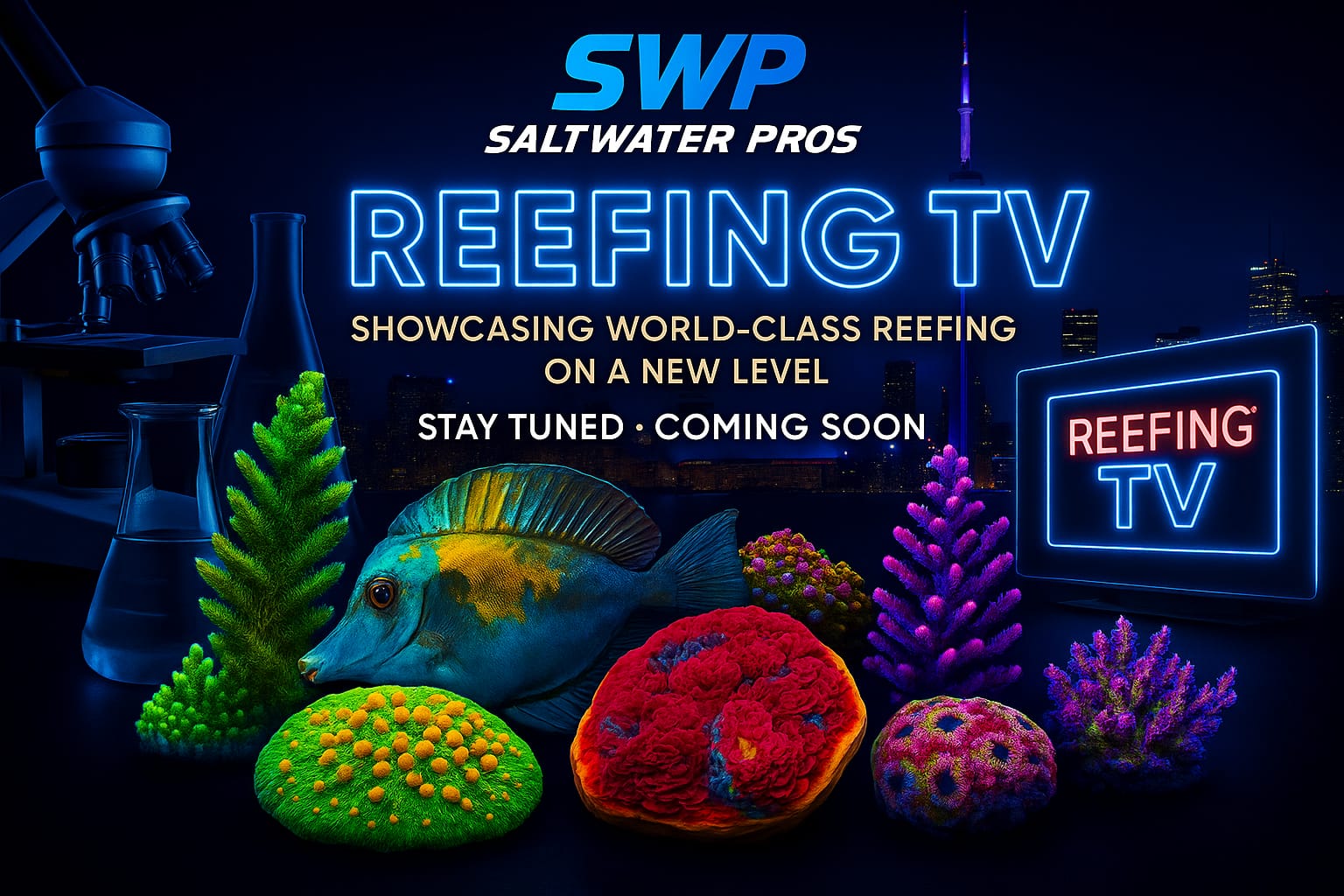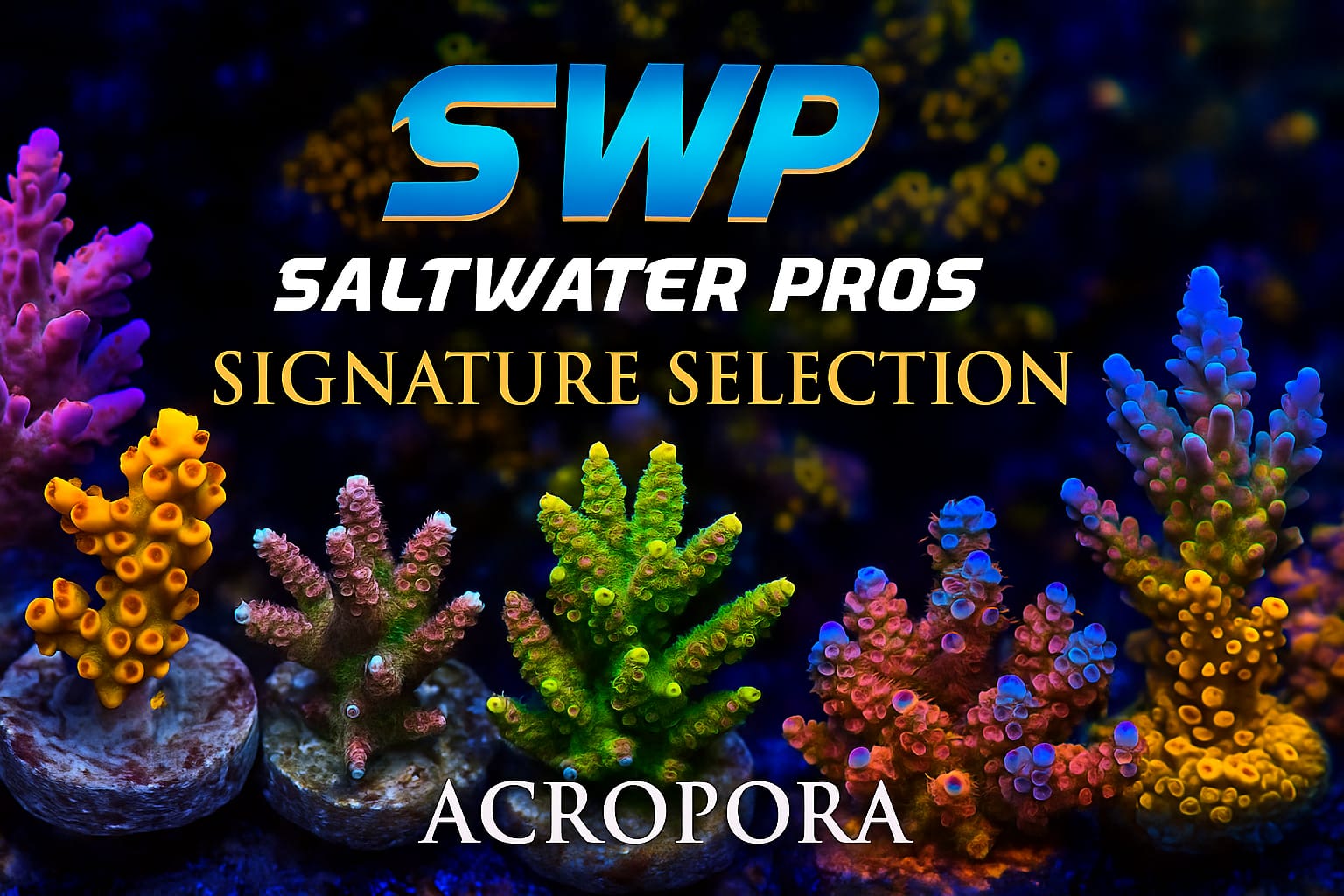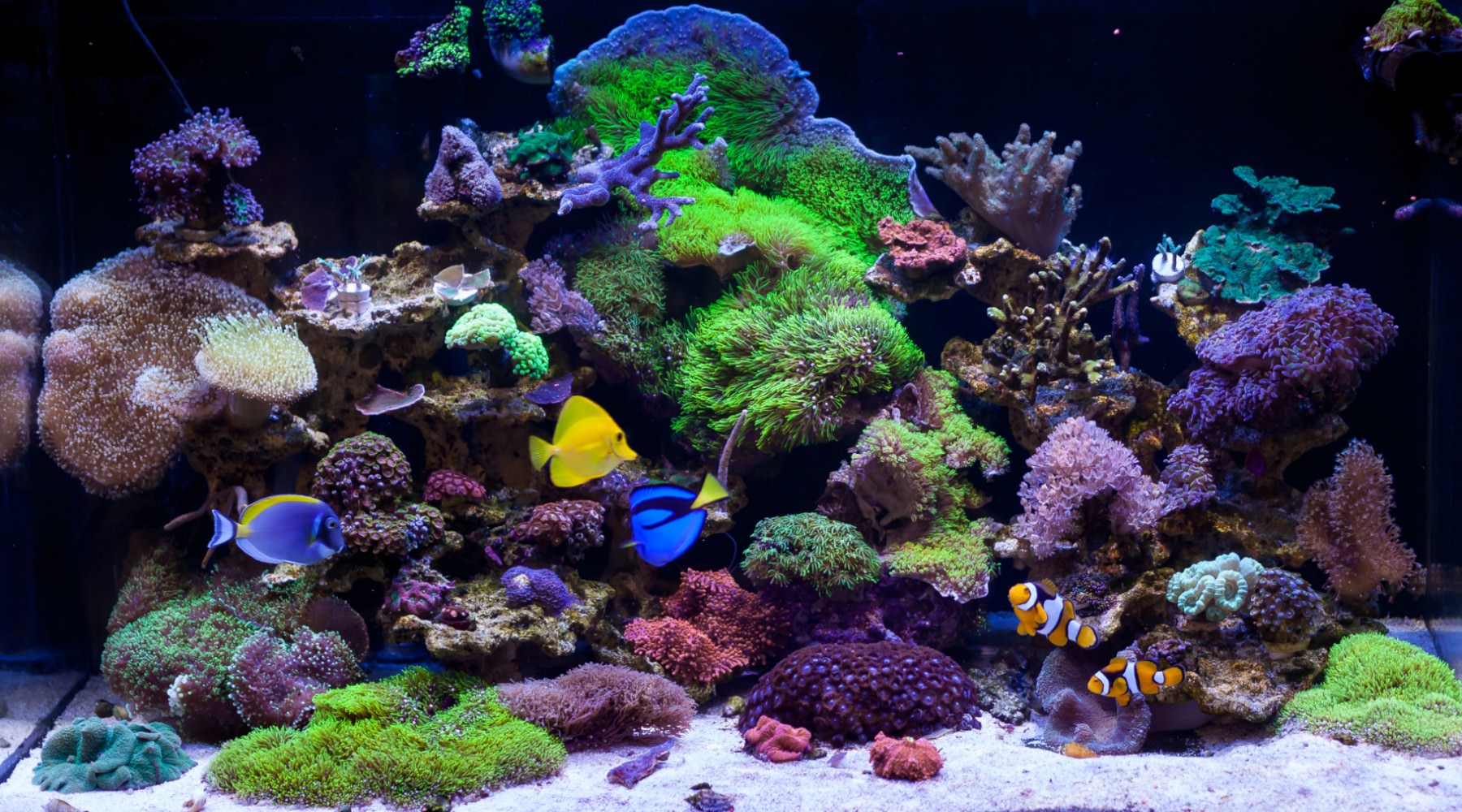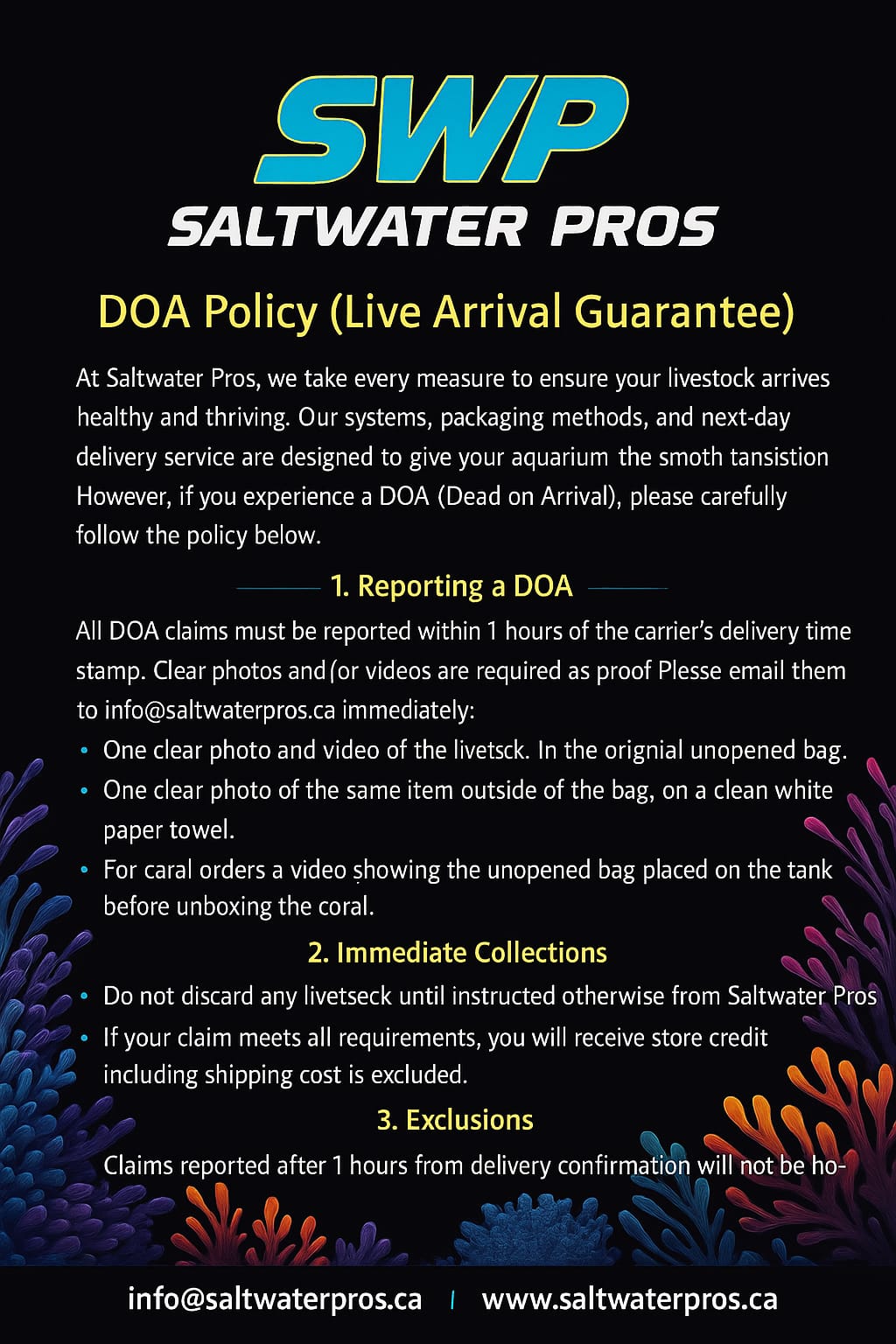Achieving success with a saltwater reef tank demands meticulous attention, patience, dedication, and a commitment to simplicity. In this article, we'll outline essential factors to contemplate:
Tank Setup and Equipment:
Choose an appropriate tank size and position it away from direct sunlight to prevent temperature fluctuations and algae growth. Establish effective filtration, including a reliable protein skimmer and mechanical and biological filtration components. Prepare saltwater using a high-quality marine salt mix, maintaining stable salinity levels around 1.025 specific gravity. Ensure proper water circulation by employing powerheads or wavemakers to prevent dead spots and enhance gas exchange. Instead of using live rock sourced from other hobbyists, consider using dry rock with a bacterial starter to cycle your tank. This method helps avoid introducing unwanted pests such as flatworms, aiptasia, and vermetid snails into your system.
Water Quality Management:
Monitor key water parameters such as temperature, salinity, ammonia, and nitrate levels regularly. Conduct routine water changes, approximately 10-20% of the tank volume every 2-4 weeks, to eliminate waste buildup and replenish vital trace elements. Use a dependable test kit to assess water parameters and make necessary adjustments to maintain stability. Invest in a high-quality RO/DI (Reverse Osmosis/Deionization) system to guarantee that water utilized for top-offs and changes remains free from impurities.
Lighting and Temperature:
Select lighting suitable for your tank, tailored to the needs of the corals or other photosynthetic organisms you intend to house. Maintain precise temperature control within the tank using a dependable heater and thermometer. Regularly monitor and fine-tune lighting schedules to replicate natural day-night cycles, ensuring optimal light intensity for photosynthesis.
Livestock Selection:
Conduct thorough research and make informed decisions when selecting fish, corals, and invertebrates that suit your tank size, setup, and level of expertise. Begin with hardy, beginner-friendly species and gradually incorporate more delicate specimens as your tank establishes itself. Avoid overstocking and prioritize compatibility among tank inhabitants to reduce aggression and stress. Keep in mind that fish contribute significantly to the well-being of coral colonies.
Feeding and Maintenance:
Offer your fish and invertebrates a varied diet, incorporating high-quality frozen, fresh, and live foods. Exercise caution to avoid overfeeding, as it can compromise water quality and lead to nutrient imbalances. Keep up with routine tank maintenance tasks such as algae removal, filter media replacement, and equipment servicing as needed. Consider integrating a ReefMat into your maintenance routine to assist with upkeep tasks.
Patience, Observation, and Quarantine:
Practice patience and allow your tank to evolve slowly, resisting the urge to rush, as it may stress tank inhabitants. Monitor your tank regularly for indications of stress, disease, or aggression among its residents. Take proactive measures to promptly resolve any issues, safeguarding your saltwater ecosystem's ongoing health and vibrancy. Consider quarantining new fish before introducing them to your tank whenever possible.
By adhering to these fundamental principles and focusing on regular maintenance and care, you can establish and uphold a flourishing saltwater tank that enriches your home or office with its beauty and vitality.










